In order for a dust collector to operate at its peak performance, the hopper has to be isolated from the outside. This means either the dust bin/receptacle is “hard connected”, meaning there are no air leaks or an airlock is used. An airlock isolates the dust collector hopper from the outside, while allowing the collected dust to exit the system. Common airlocks are rotary valves, trickle valves, double dump valves, and knife gates. Some airlocks are low leakage (double dump valve and trickle valves) while others have continuous leakage (rotary valves).
Airlocks are important because without them air will enter (system under vacuum) or leave (pressurized system) through the dust discharge valve. If the system is under vacuum, the air entering the system from the dust discharge will re-entrain the dust back into the clean air, thereby lowering removal efficiency. If the system is under pressure, air will blow out of the bottom, spreading dust everywhere, creating unnecessary maintenance cost for the facility.
If the system is dealing with an explosive dust, an airlock should be used to prevent an explosion from propagating from the dust discharge flange. Specially designed rotary valves are used to prevent this.
Furthermore, airlocks allow you to change the dust bin without shutting off the system. If you don’t have an airlock, when you need to change your dust bin, you either have to turn off the system, or operate the unit without any isolation.
So when you are spending money to capture your dust in a dust collector, don’t forget to put an airlock on it, so you will have the best performance possible.
Read our article on what type of airlock valves to use in particular applications.
If you are having operational issues on your dust collection system, contact Aerodyne at 440-543-7400 or dc@dustcollectorhq.com.

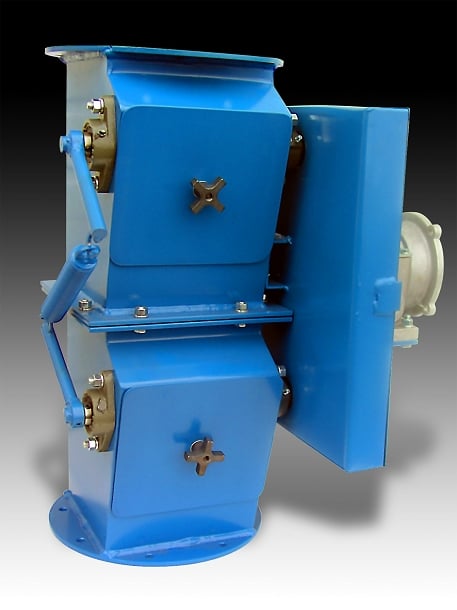

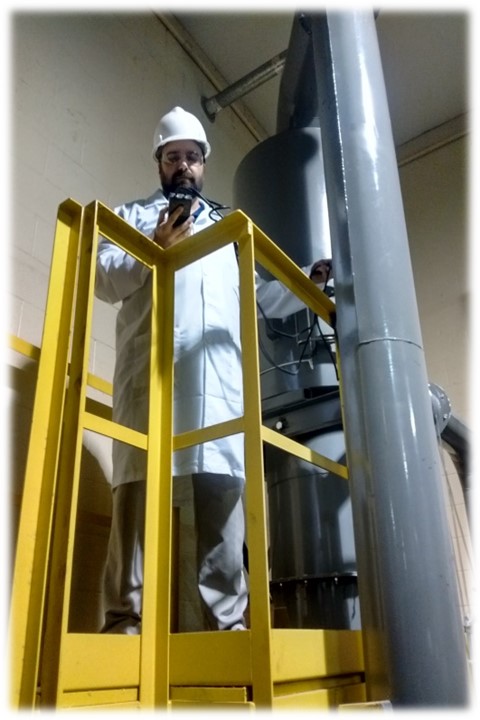

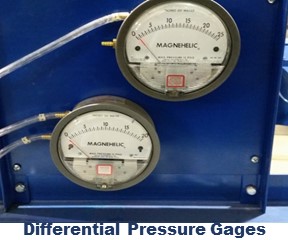
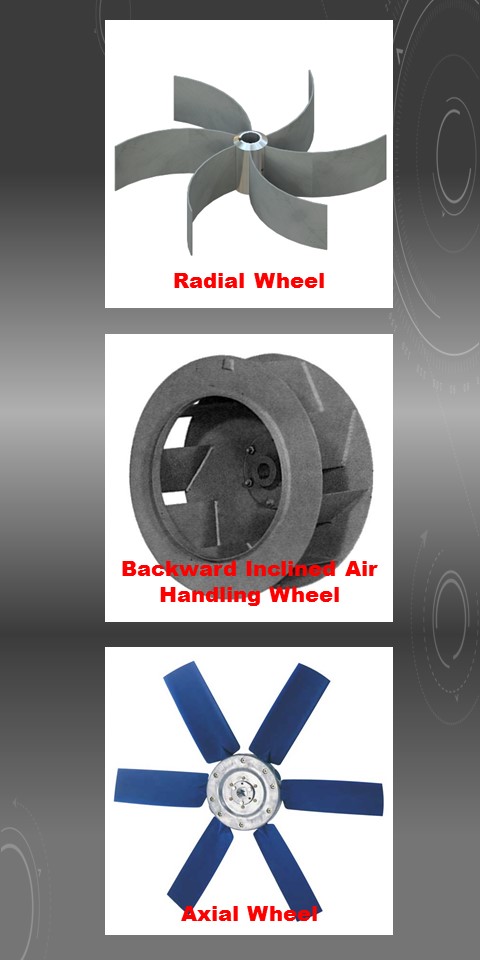

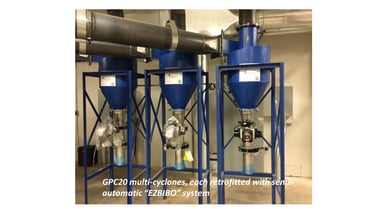 The “EZBIBO” system was originally designed for use with Aerodyne GPC Cyclones to allow for easier bag-in bag-out capture systems for low toxic level pharmaceutical dusts typically encountered with encapsulators, pill coating systems, and some mixing operations. The system allows for capture and bagging of waste material in the pharmaceutical process allowing for weighing and accounting of all materials used in a process, with minimal exposure to operation personnel.
The “EZBIBO” system was originally designed for use with Aerodyne GPC Cyclones to allow for easier bag-in bag-out capture systems for low toxic level pharmaceutical dusts typically encountered with encapsulators, pill coating systems, and some mixing operations. The system allows for capture and bagging of waste material in the pharmaceutical process allowing for weighing and accounting of all materials used in a process, with minimal exposure to operation personnel.
